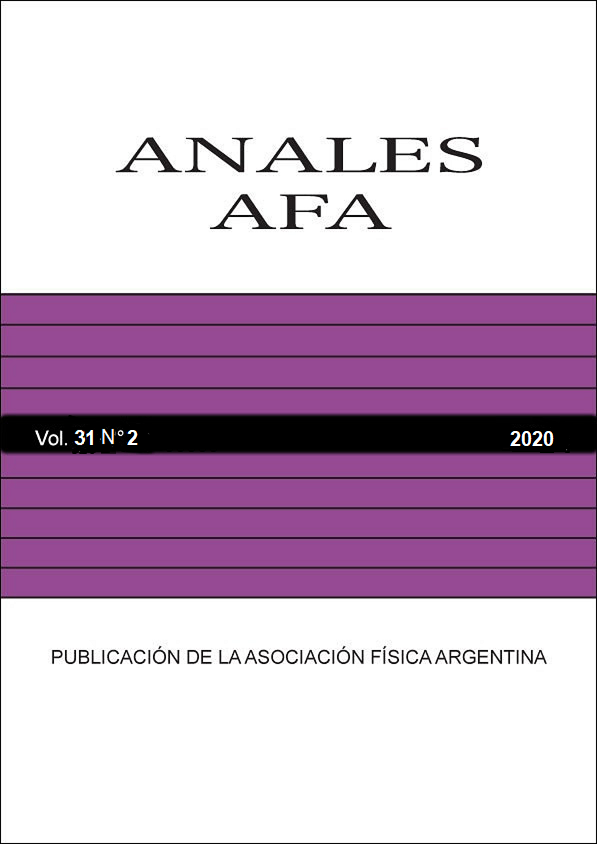AEROSOL CLASSIFICATION FOR TUCUMÁN AERONET STATION, ARGENTINA
Abstract
On November 15th, 2017, a new sunphotometer was installed for sensing and studying aerosols at National Meteorological Service headquarters in the City of Tucumán (26,787◦ S; 65,207◦ O), and was integrated to the AERONET / NASA network. The north-central region of the country is mostly affected by both local and transported biomass burning events. In this work, a statistical study is carried out with the first available measurements done between November 2017 and December 2018. This analysis shows the averaged values of the aerosol optical properties, the Angstrom coefficient and the aerosol type. In addition, an aerosol transport event during the month of September 2018 is studied, highlighting high values of aerosol optical thickness of 0.45 at 440 nm and an Angstrom coefficient of 1.95, indicating the presence of smoke in the local atmosphere.




